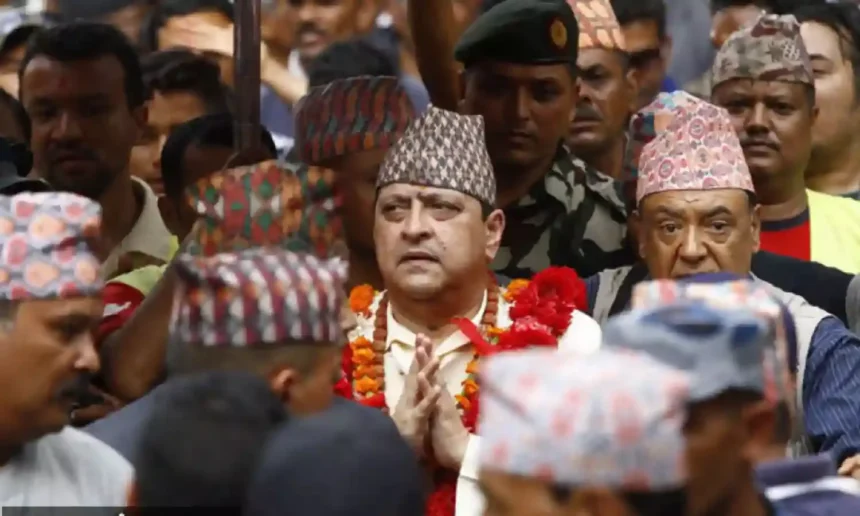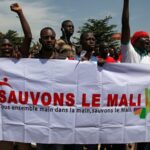Introduction
In 2025, Nepal is witnessing a powerful resurgence of pro-monarchy sentiment. Thousands of demonstrators have flooded the streets of Kathmandu, calling for the restoration of the monarchy and the declaration of Nepal as a Hindu state. This movement stems from growing public dissatisfaction with the current federal republican system, marked by political instability, corruption, and slow development progress.
Background: From Monarchy to Republic

Nepal was a monarchy for over two centuries until 2008, when the royal institution was abolished following a decade-long Maoist insurgency and public uprisings. The monarchy ended with King Gyanendra’s abdication, and Nepal was declared a secular federal republic. However, since then, the country has struggled with frequent government changes, bureaucratic inefficiencies, and limited progress on core development goals.
The 2025 Pro-Monarchy Protests
On May 29, 2025, massive rallies led by the Rastriya Prajatantra Party (RPP) and other royalist groups drew thousands in the capital. Protesters carried national flags, portraits of the former king, and banners demanding the return of the constitutional monarchy and reinstatement of Nepal’s Hindu statehood. The crowd voiced deep frustration with the government’s inability to curb inflation, joblessness, and rising corruption.
Why Are People Supporting Monarchy Again?
- Political Frustration: Frequent changes in leadership and policy inconsistency have disillusioned many citizens.
- Cultural Identity: Many believe Nepal lost its cultural foundation when it transitioned from a Hindu kingdom to a secular state.
- Perceived Stability: The monarchy is viewed by some as a unifying force with a cleaner public image than current political leaders.
Government and Opposition Response

The ruling coalition has firmly rejected calls to restore the monarchy, labeling the protests as “regressive.” However, opposition leaders from conservative parties argue that these voices should not be dismissed. The government is now under pressure to deliver tangible results, especially with national elections approaching in 2026.
What Does the Constitution Say?
Nepal’s current constitution, enacted in 2015, does not provide a legal path to reinstate the monarchy without a full constitutional amendment. Experts like Dr. Bipin Adhikari note that any reversal would require “broad political consensus and significant public mandate.”
Comparative Context: Global Monarchist Movements
While many nations have moved away from monarchies, some have witnessed similar revivals in sentiment—particularly where political dysfunction dominates. For instance, Thailand and Jordan maintain monarchies that are seen by segments of their populations as cultural and stabilizing institutions.
Conclusion
Nepal’s pro-monarchy movement is more than nostalgia—it’s a national critique of political stagnation and cultural identity loss. While a return to monarchy remains constitutionally complex and politically divisive, the sheer size of recent protests signals that this is not a fringe issue. The coming years may determine whether Nepal will reassess its republican framework or strengthen it in the face of rising traditionalist sentiment.









